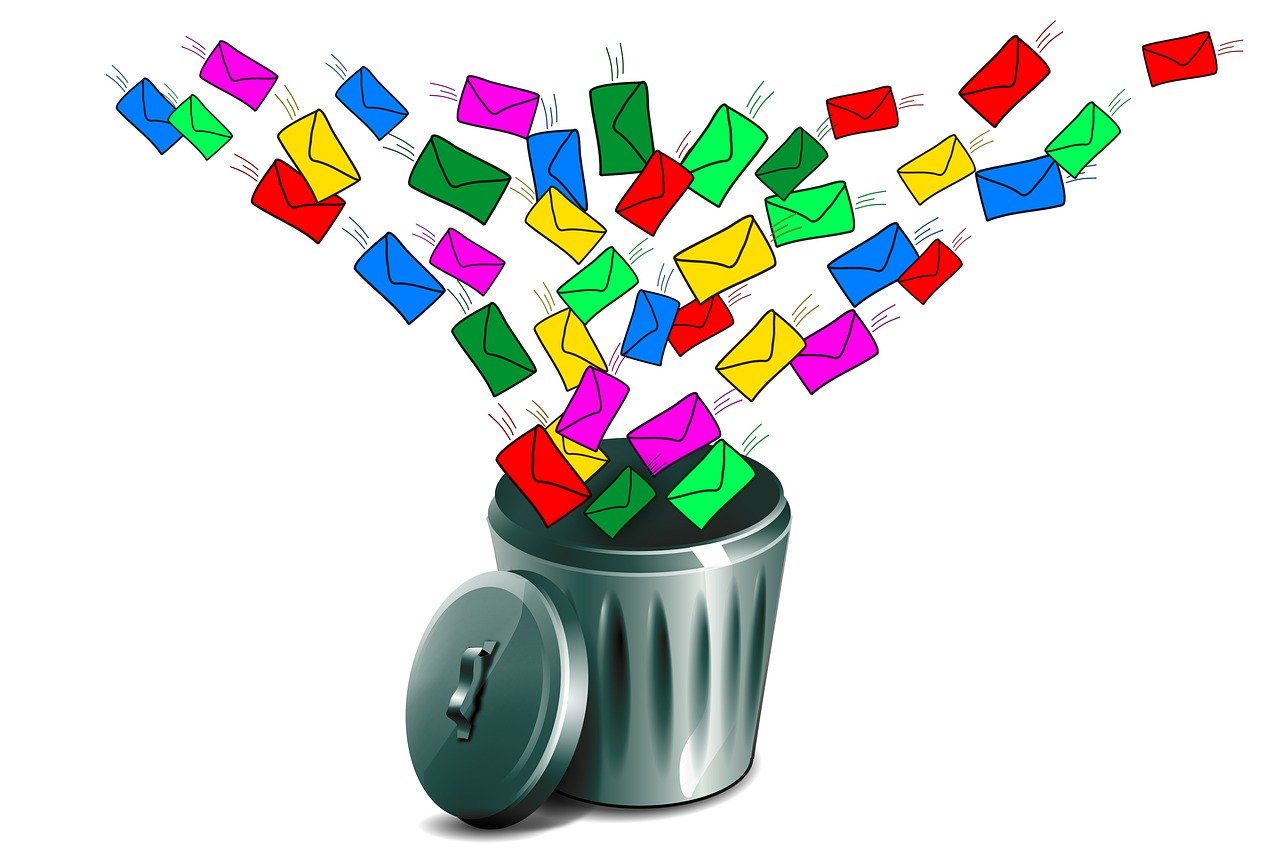Has it ever happened to you that after crafting a perfect email, which you hit send on, and it just vanishes into the spam folder? Many other people share this experience with you. It is frustrating when your emails go straight to spam instead of ending up in the receiver’s inbox as they should be. However, there is hope! This blog post will discuss why this happens online and how to avoid such mishaps.
The Dilemma of the Spam Folder
First of all, let us make the spam folder less confusing. It does not mean that once an email goes there it cannot be found again; however it is like a screen implemented by ESPs to eliminate unwanted or potentially harmful mails. ESPs have complicated formulas used for recognizing legit messages from spam mail.
Possible Reasons Why Your Emails May Go To The Spam Folder
Poor Sender Reputation
Reputation as a sender carries much weight especially when it comes to deciding where your mails will land: are they going into someone’s inbox or getting marked as spams? For instance, if your content has been termed as being spammy or of poor quality consistently over time by ESPs then every email sent from your account henceforth might be flagged down accordingly. Maintaining good standing as a sender is critical in ensuring that emails reach their intended destinations
Content Triggers
Several terms, phrases or formatting usages in your email content can make spam filters to be triggered. These include excessive use of exclamation marks, words such as “free” or “guarantee,” and exaggerated marketing language. Moreover, emails with misleading subject lines as well as usage of deceptive tactics may end up in spam folders.
Poor Email Hygiene
Sending emails to outdated or purchased email lists can negatively affect your sender reputation and get your emails marked as spam. It is important that you regularly clear your email list by deleting inactive subscribers and getting the right permissions before sending any advertisement emails.
Technical Issues
These could range from poor email authentication (SPF, DKIM, DMARC), sending out mails from high-risk IP addresses to not having a properly configured email infrastructure all leading to spams detection tools blocking them. Proper technical setup is necessary for preventing deliverability issues.
Tips for Better Email Deliverability
We have just looked at why some emails are seen as spams; now let us see how we can boost their chances of being delivered:
Build Your Reputation
This will be realized by ensuring that you only send relevant and captivating information to those who opted-in for it. Avoid buying email addresses or indulging in spamming activities so that you do not lose sight of this aspect
Optimize Your Content
Craft a catchy email content and subject lines that will resonate with your audience. Avoid spam triggers, rather concentrate on freely providing value to your subscribers.
Maintain Good Email Hygiene
Ensure you regularly cleanse your email list, weed out inactive subscribers and ensure recipients have willingly subscribed for emails. Use double opt-In processes to confirm subscribers’ consent.
Monitor and Test
Frequently check your email deliverability metrics and conduct tests to identify issues before they become problems. Keep an eye on open rates, click-through rates, and spam complaint rates too.
Stay Informed
Keep yourself updated about best practices and industry trends in email marketing and deliverability. ESPs are always updating their algorithms as well as policies hence staying informed is very important if someone wants to maintain good deliverability rate.
In summary, although the spam folder may appear like a daunting enemy, being conversant with what influences email deliverability along with adopting best practices can help greatly in increasing the likelihood of landing in someone’s inbox.
This can be achieved by concentrating on building a positive sender reputation, optimizing content, maintaining good email hygiene, keeping oneself up-to-date among others which will ultimately increase the chances of reaching the recipient’s intended target market for the message thus achieving desired results for marketing purposes.







